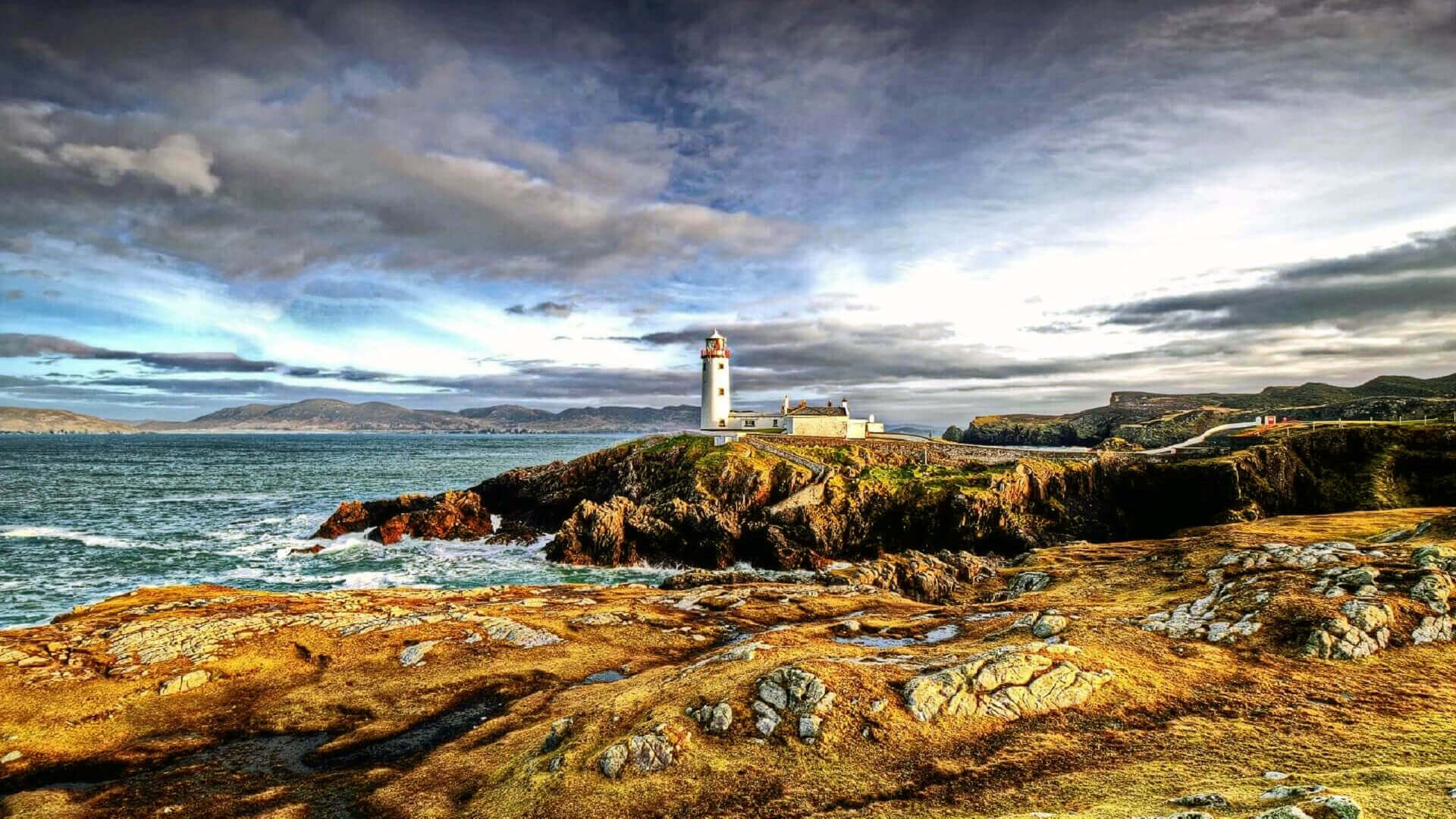[lwptoc]
Ireland is a North Atlantic island. To the east, it is divided from Great Britain by the North Channel, the Irish Sea, and the St George’s Channel. Ireland is the second-largest island in the British Isles, third-largest in Europe, and twentieth-largest on the planet.
Ireland is split politically between the Republic of Ireland (formally known as Ireland), which occupies five-sixths of the island, and Northern Ireland, which is a member of the United Kingdom and occupies the island’s northeast. Ireland has a population of about 6.4 million people in 2011, making it the second most populated island in Europe after Great Britain. The Republic of Ireland has a population of little less than 4.6 million, whereas Northern Ireland has a population of slightly more than 1.8 million.
The island’s topography is characterized by low-lying mountains that encircle a central plain and are crossed by numerous navigable rivers. The island’s rich flora is a result of the island’s moderate but variable environment, which avoids temperature extremes. Until the Middle Ages, the island was covered in dense forests. As of 2013, about 11% of Ireland’s land area is forested, compared to a European average of 35%. Ireland is home to twenty-six extant mammalian species. Ireland’s climate is very temperate and is categorized as oceanic. As a consequence, winters are warmer than one would anticipate for such a far north location. Summers, on the other hand, are colder than in continental Europe. There is an abundance of rainfall and cloud cover.
Human presence in Ireland dates all the way back to 10,500 BC. By the first century CE, Gaelic Ireland had developed. From the fifth century forward, the island became Christianized. England claimed dominion over Ireland after the Norman conquest in the 12th century. However, English control did not spread to the whole island until the Tudor conquest in the 16th–17th centuries, which resulted in settlement by British immigrants. In the 1690s, a system of Protestant English control was established with the explicit purpose of substantially disadvantage the Catholic majority and Protestant dissidents, and was expanded during the 18th century. Ireland became a member of the United Kingdom in 1801, when the Acts of Union were passed. Following an early twentieth-century war of independence, the island was partitioned, establishing the Irish Free State, which became more autonomous over the subsequent decades, and Northern Ireland, which remained a member of the United Kingdom. From the late 1960s through the 1990s, Northern Ireland saw significant civil instability. This ceased after the conclusion of a political accord in 1998. In 1973, the Republic of Ireland became a member of the European Economic Community, while the United Kingdom and Northern Ireland joined as well.
Irish culture has had a significant impact on foreign cultures, particularly in the areas of literature and film. Along with mainstream Western culture, there is a vibrant indigenous culture exhibited via Gaelic sports, Irish music, and the Irish language. The island’s culture is also quite similar to that of the United Kingdom, including the English language and sports like association football, rugby, horse racing, and golf.


